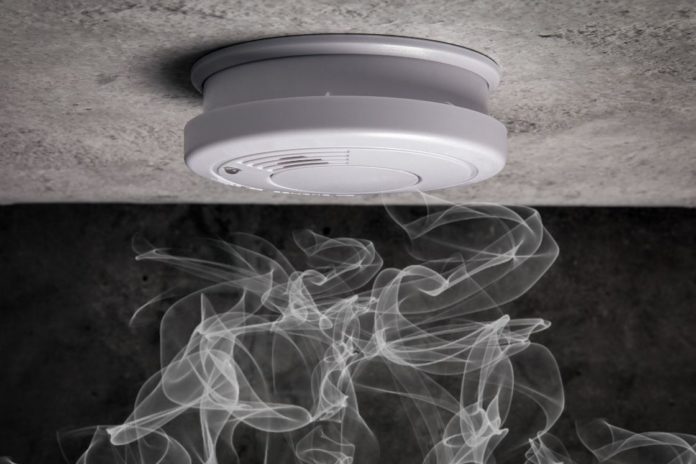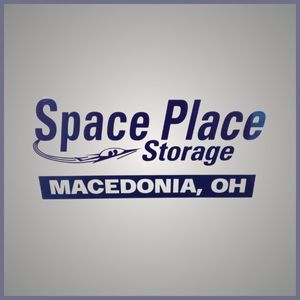Homeowners must take all the necessary steps to create their perfect environment. Many people seek interior and exterior design tips for creating their ideal home makeovers, while others opt for practicality and safety. Those who want to avoid health issues and structural damage should check out these common safety hazards in the home. Many residences come with serious risks that you must address as soon as possible.
Carbon Monoxide
Carbon monoxide is a dangerous element. It’s odorless, colorless, and tasteless, meaning it’s incredibly dangerous and hard to detect. In fact, one of the few ways to noticeably detect carbon monoxide (CO) is with a carbon monoxide detector. Fortunately, some other ways to reduce your risk of CO poisoning include checking heaters annually to prevent wear and faulty wiring and making sure to turn off all gas appliances after using them.
Fire Hazards
Fire hazards are another common safety hazard in a home. Paper, flammable liquids and gases, wooden furniture, and other fire hazards pose great risk to your safety. Often, flames from gas appliances, electrical sparks, and even unfinished cigarette butts can cause fires when they ignite this fuel. Still, you can avoid these risks with proper precautions, such as installing a functioning smoke detector that will raise alarms and notify local fire departments, testing the alarms regularly and replacing their batteries, and having your electrical wiring tested. Also, never leave flames unattended or active overnight.
Asbestos
It’s not as common anymore, but asbestos was a popular construction material prior to the 1980s. By then, the Environmental Protection Agency declared it unsafe for residences and commercial buildings. Asbestos greatly affects respiratory systems in humans and animals, and it can lead to serious complications. Two such issues are asbestosis and mesothelioma. Asbestosis is a chronic lung disease that develops after a person inhales asbestos particles. It hinders proper oxygen passages to the air sacs and can lead to mesothelioma. In effect, mesothelioma is a form of untreatable cancer with a high fatality rate. If you detect asbestos in your home, call a professional right away. With their expertise, they’ll remove it immediately.
Mold
Mold is an unappealing and respiratory health hazard that, like asbestos, affects the airways, as it triggers allergies in many people. Mold grows when undetected moisture develops in the home, and you must tackle it early to avoid serious complications. First, dry any leftover moisture and repair the leak. Then, replace the moldy area or call a contractor to clear the area. Mold may not be as fatal as asbestos, but it can trigger respiratory issues among many people and further breathing complications.


























